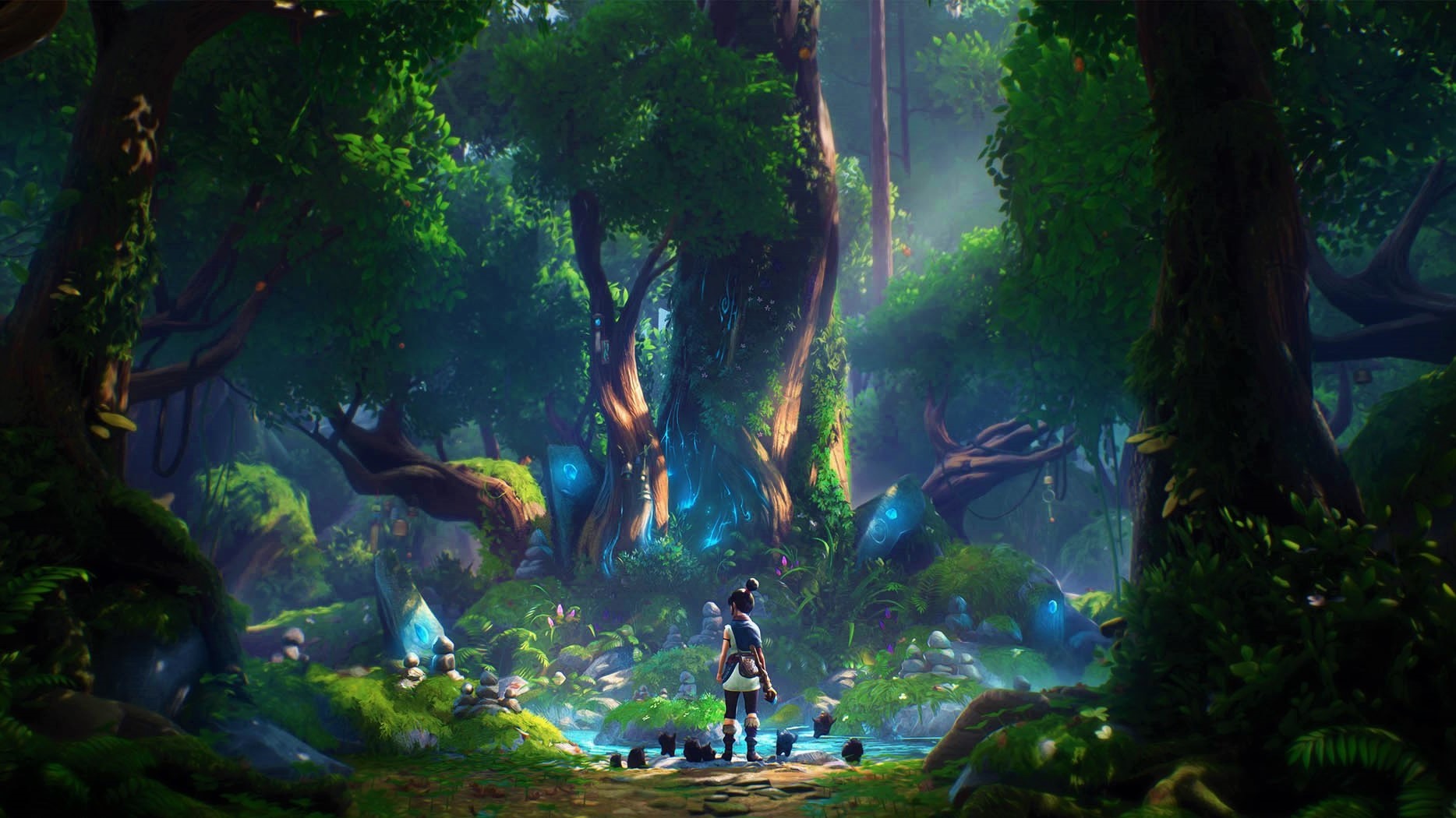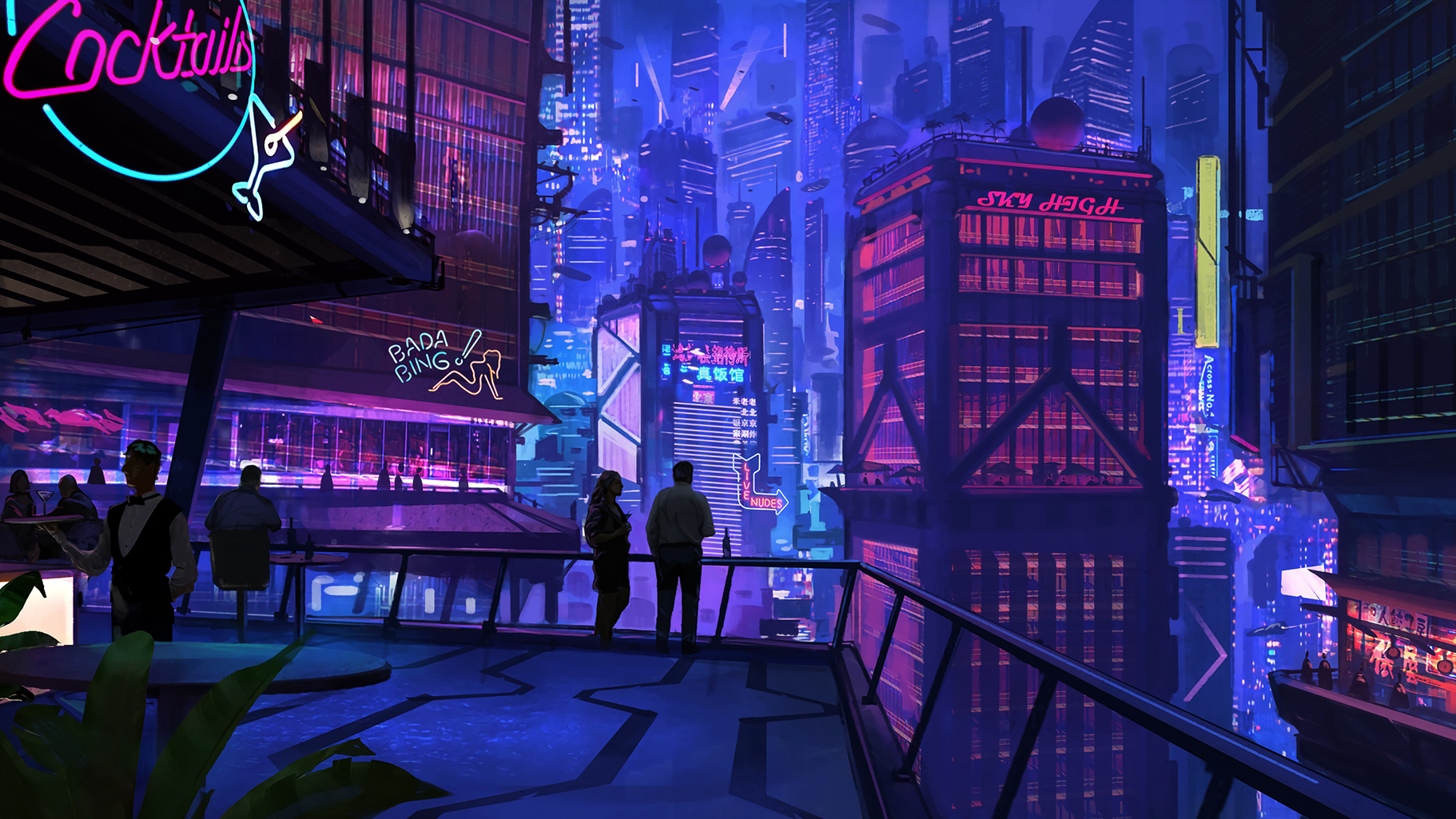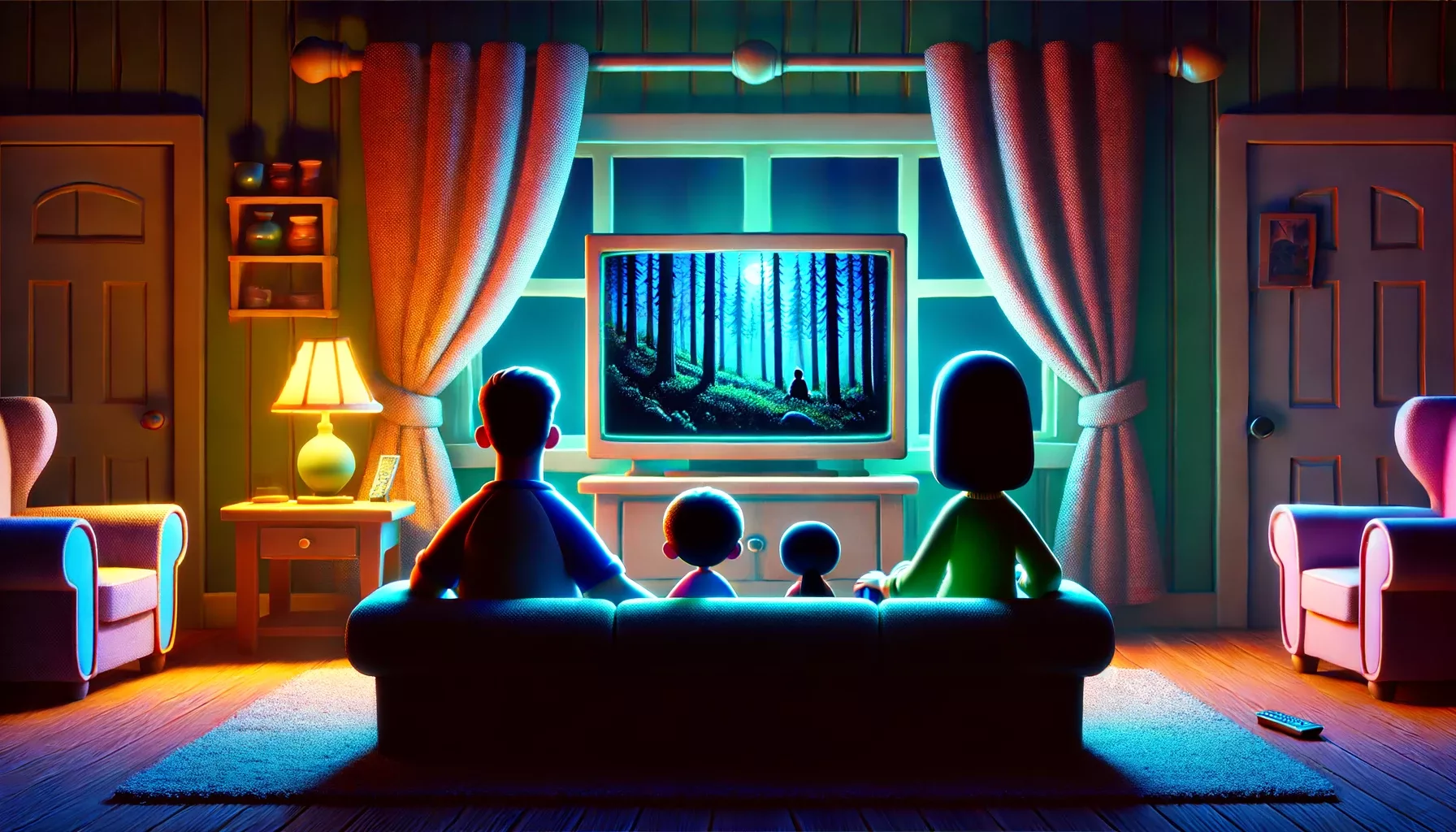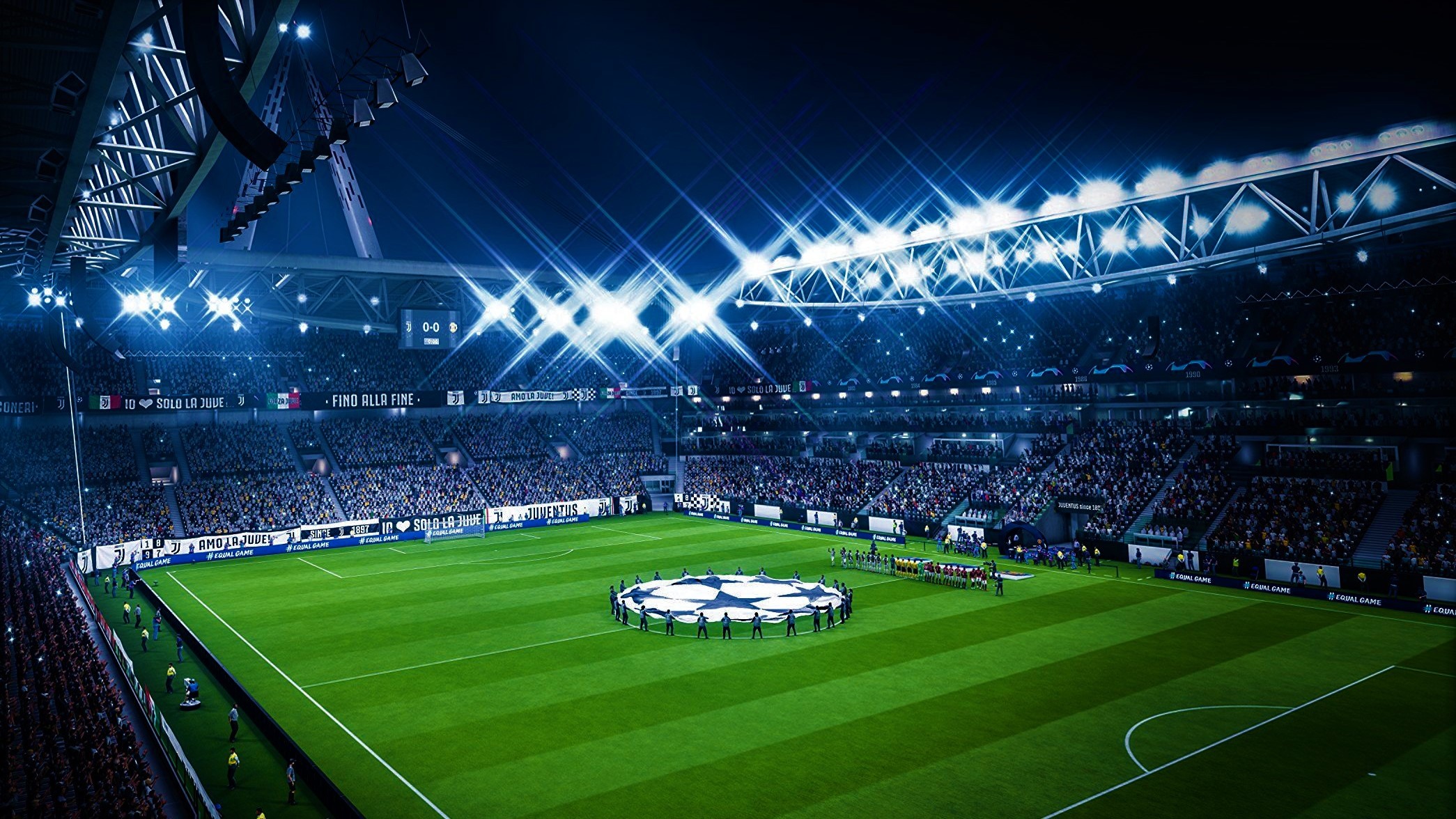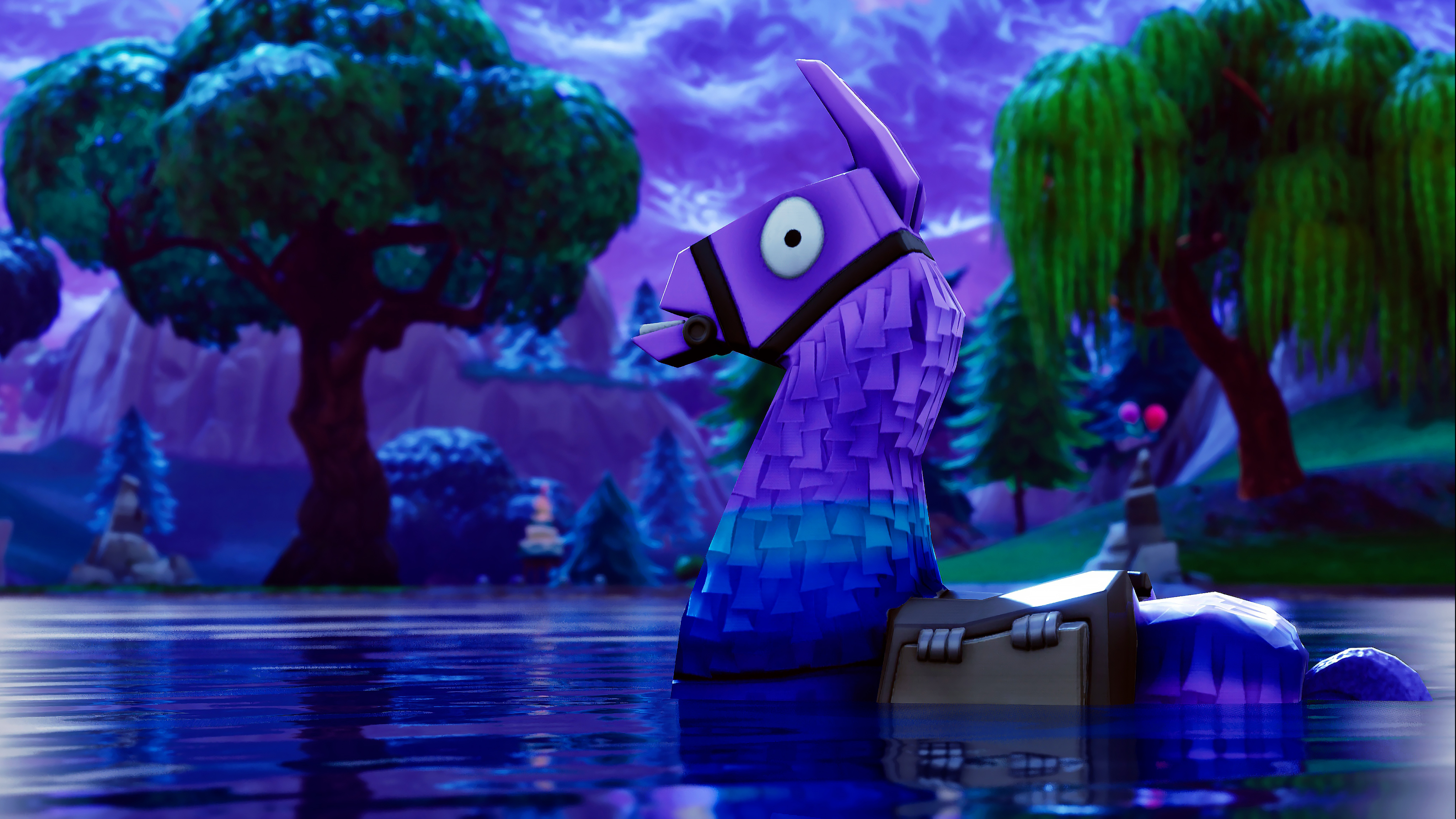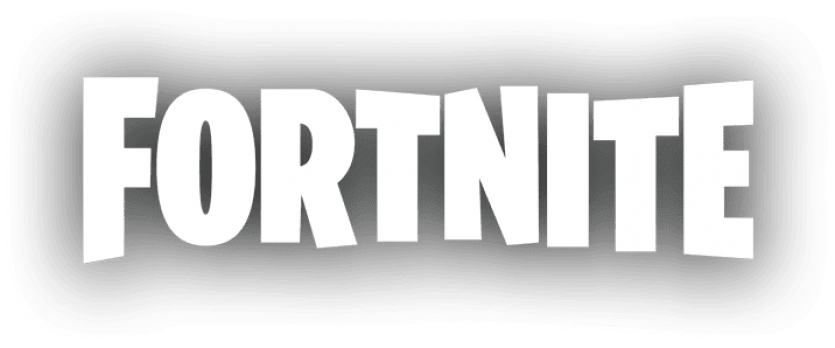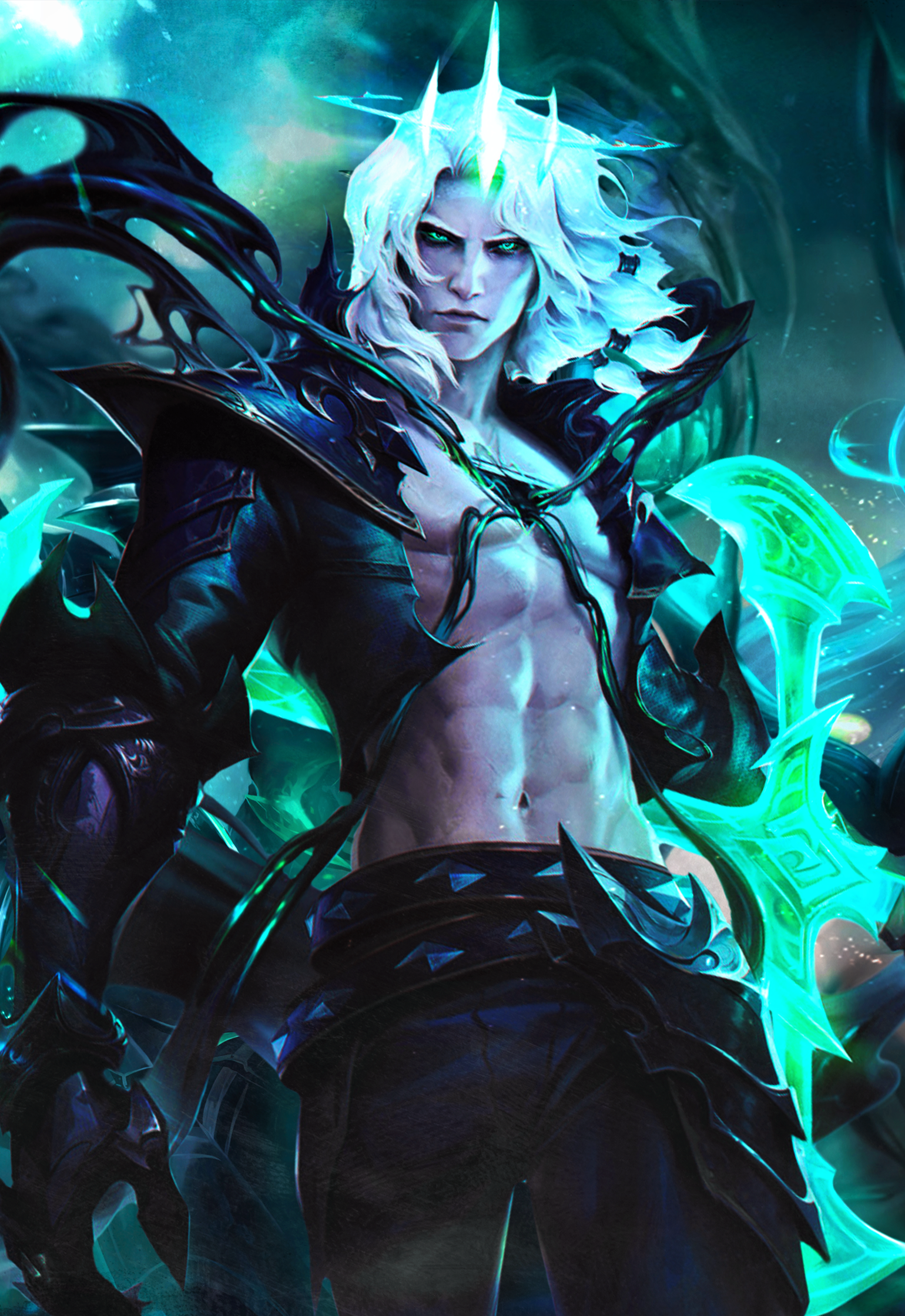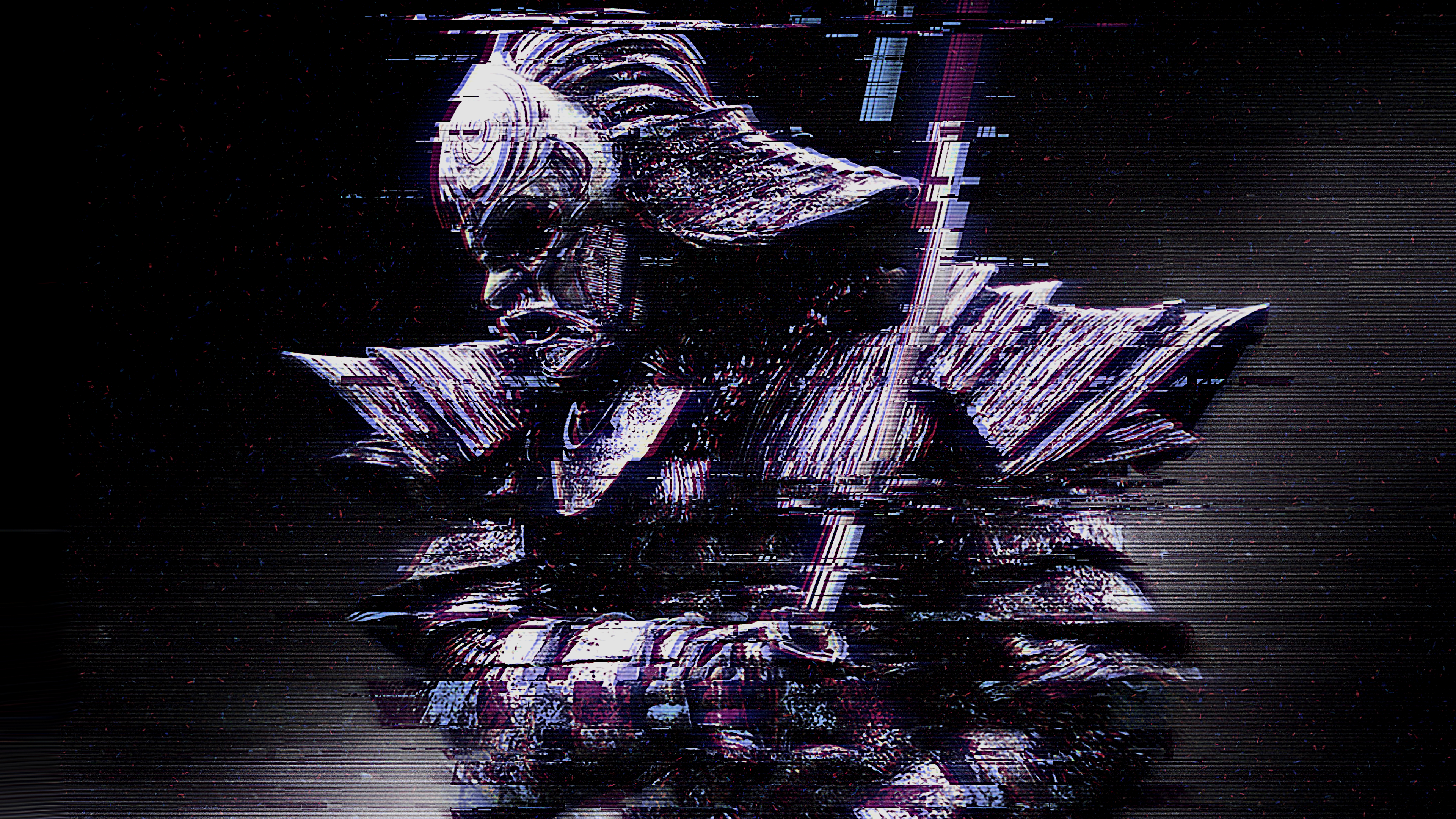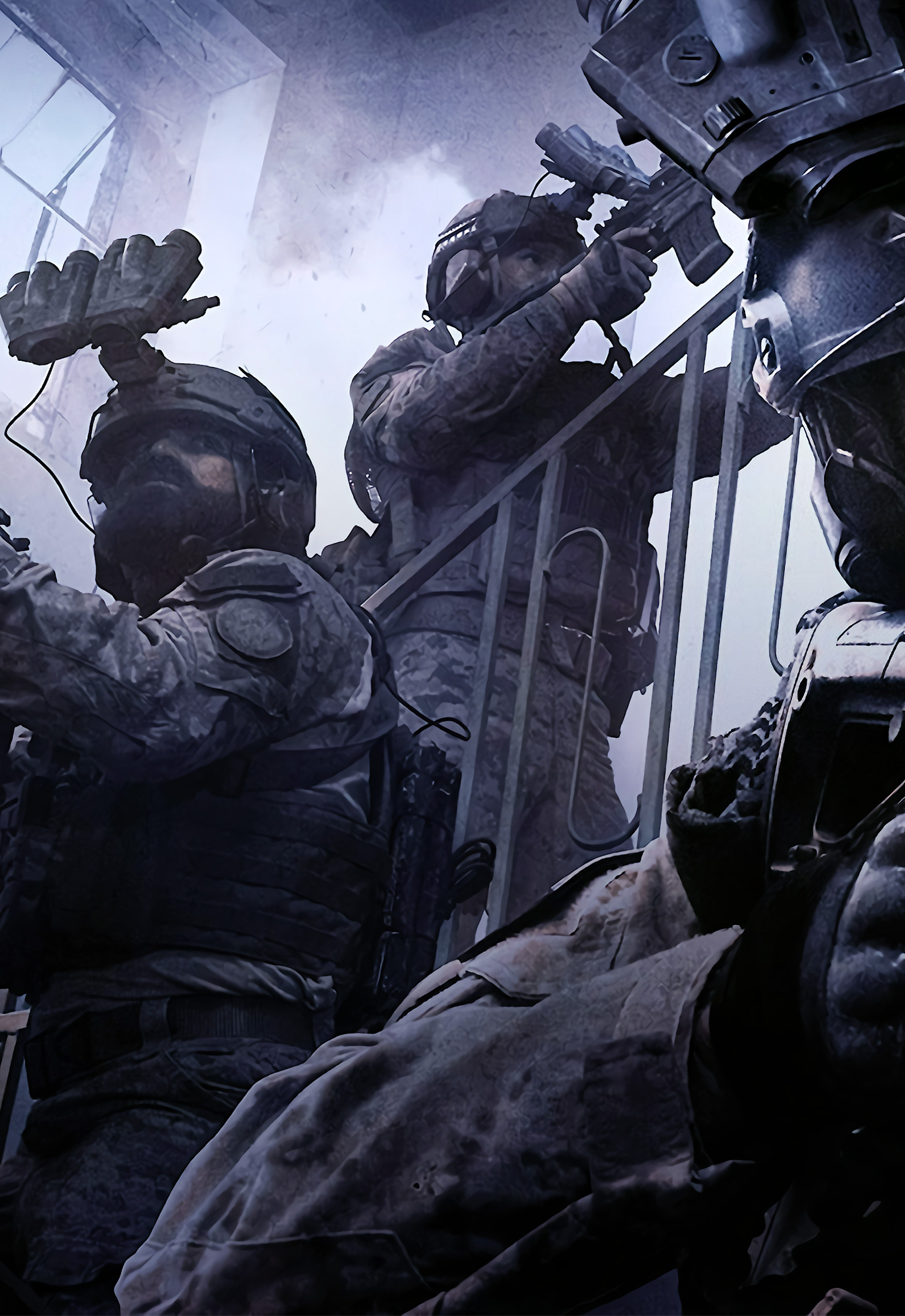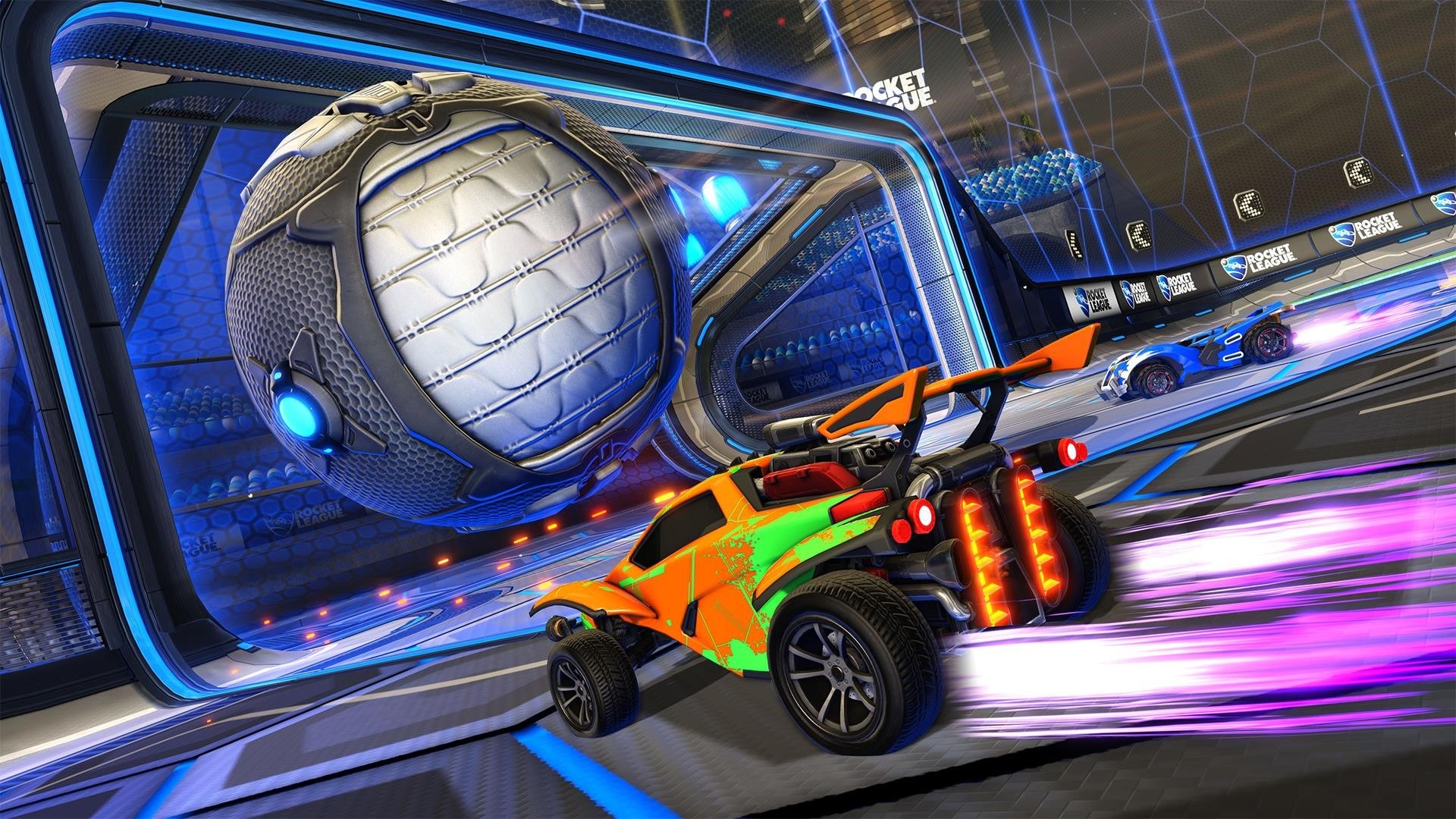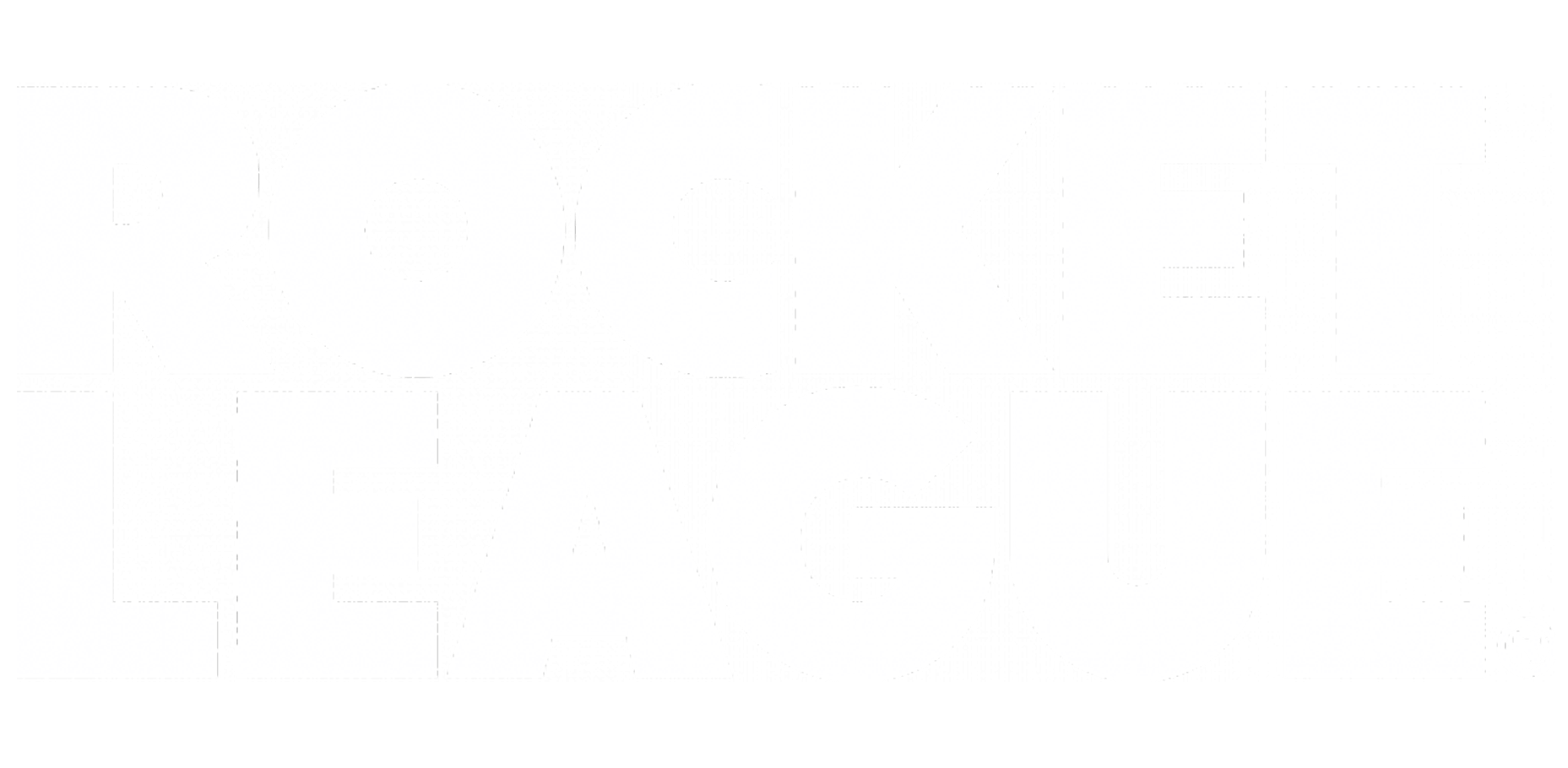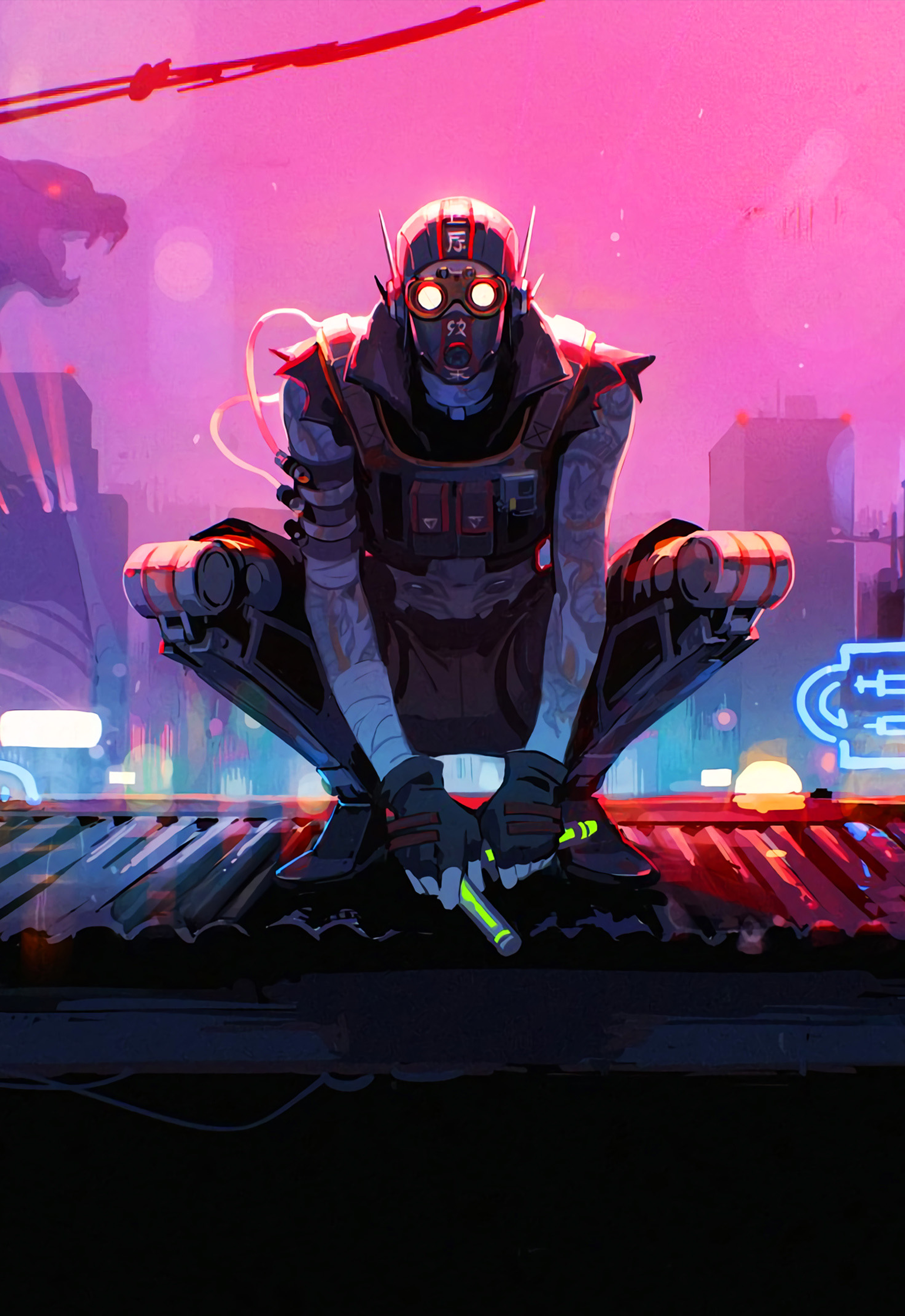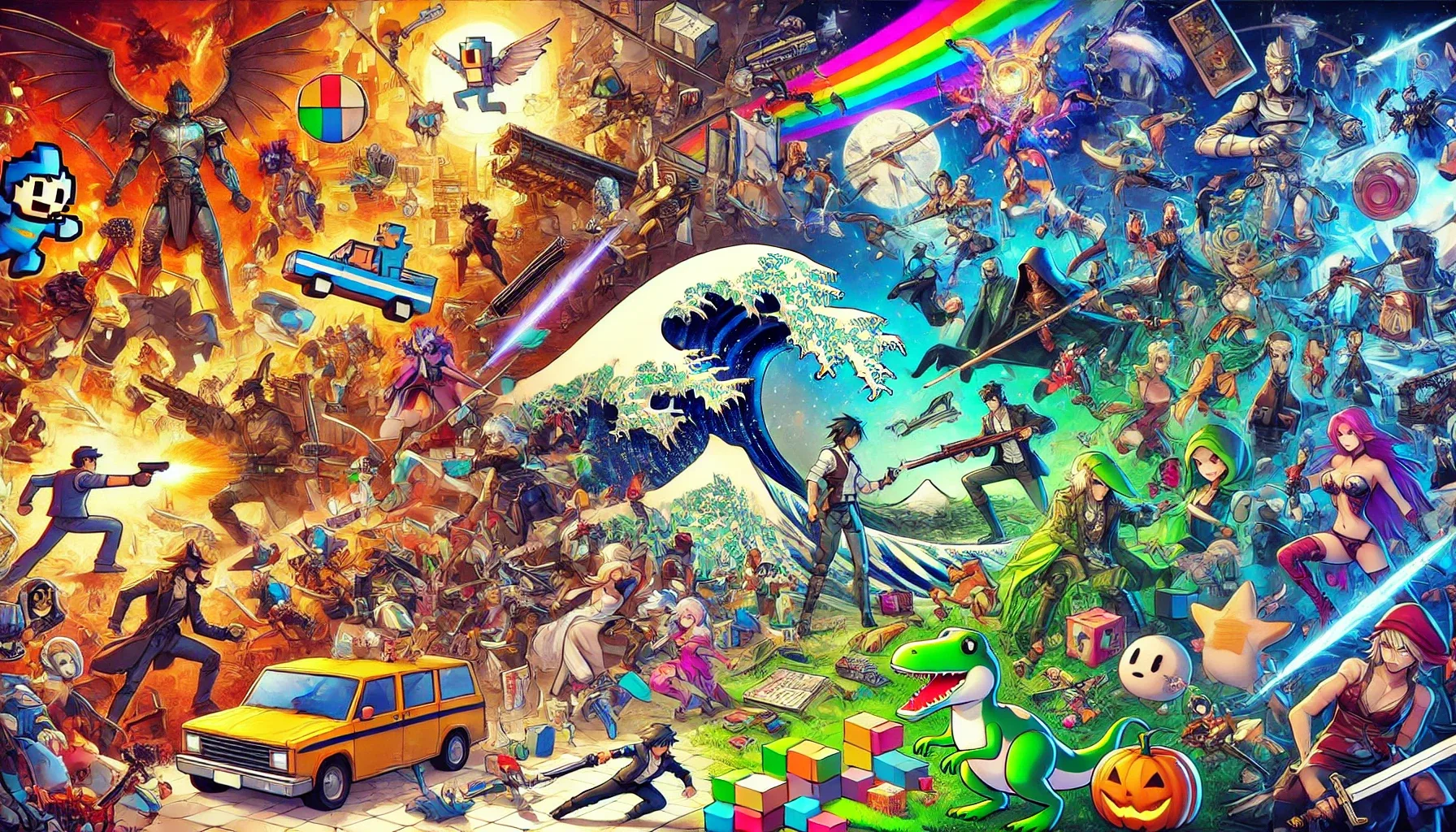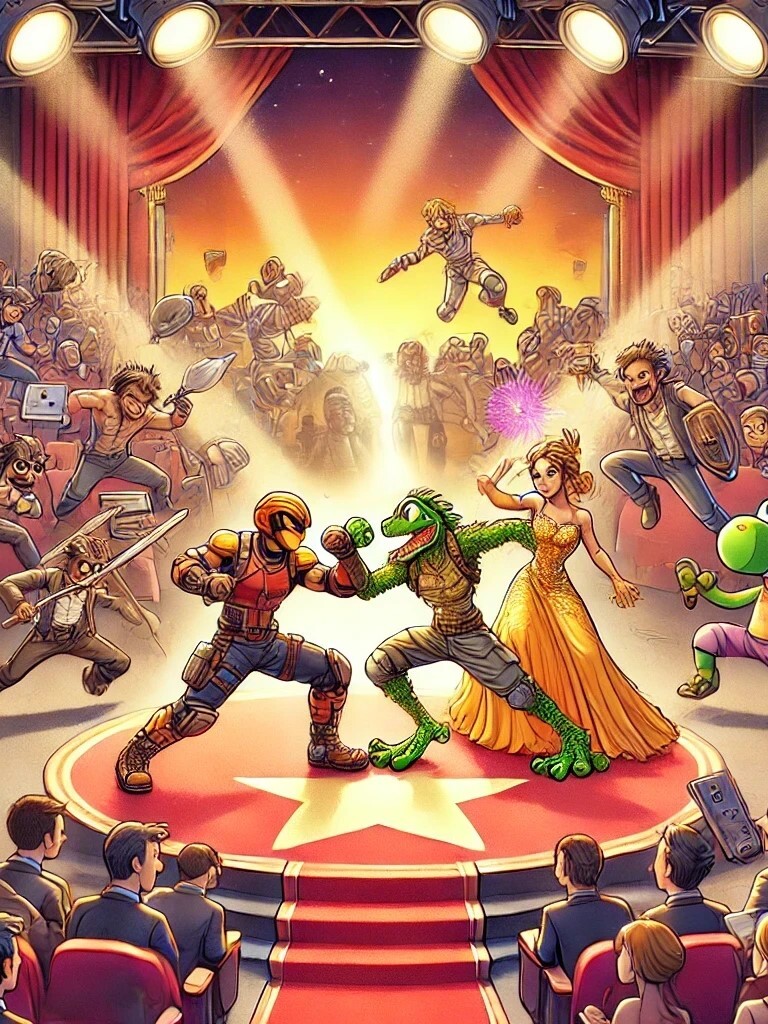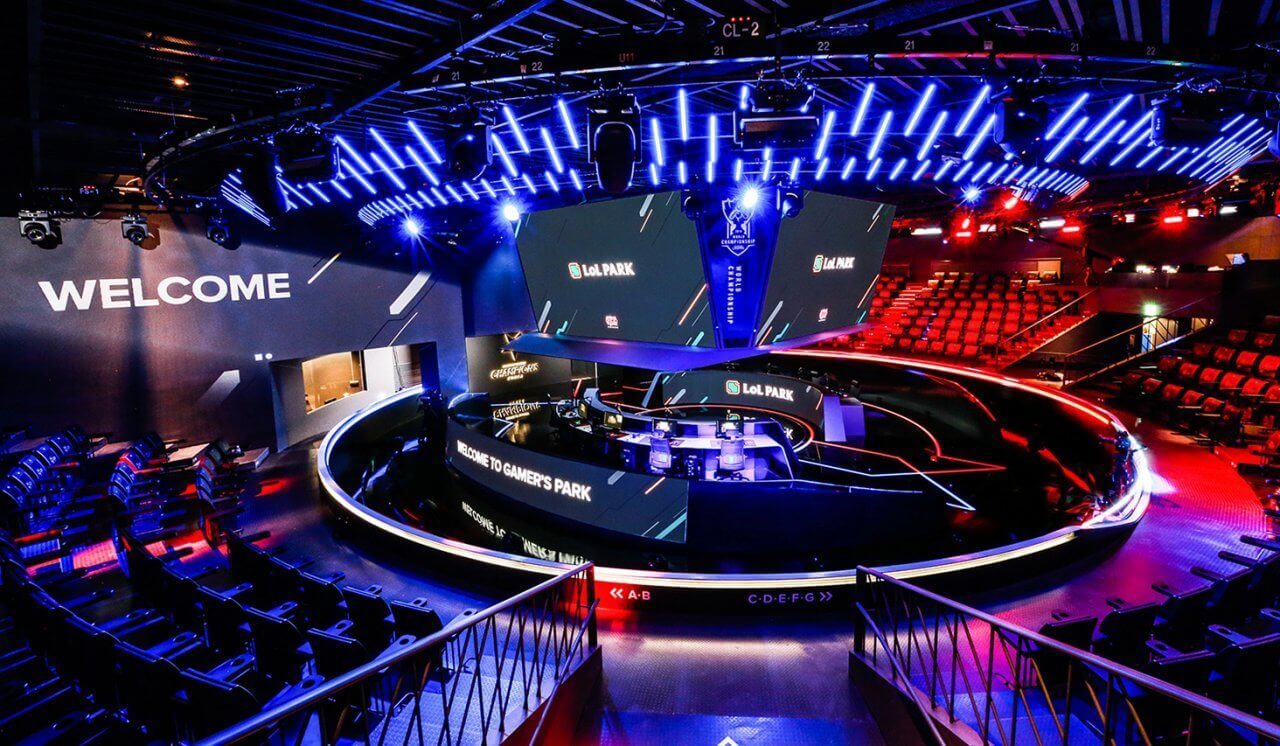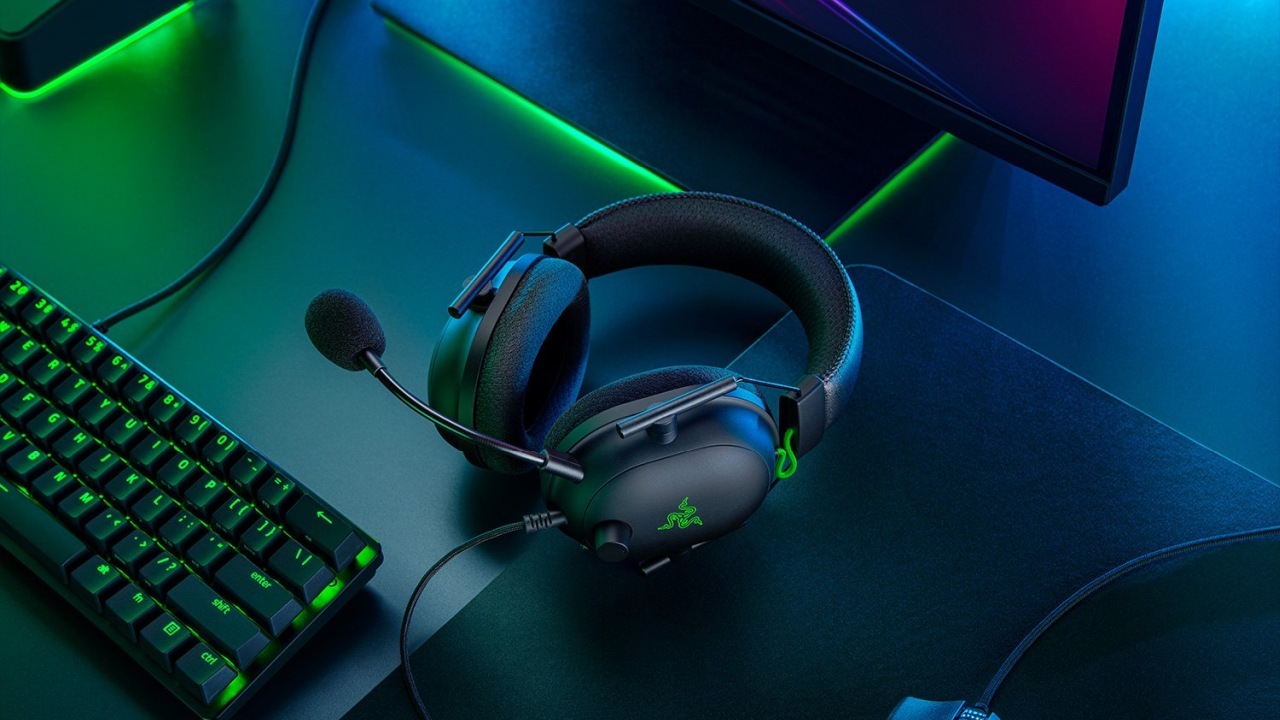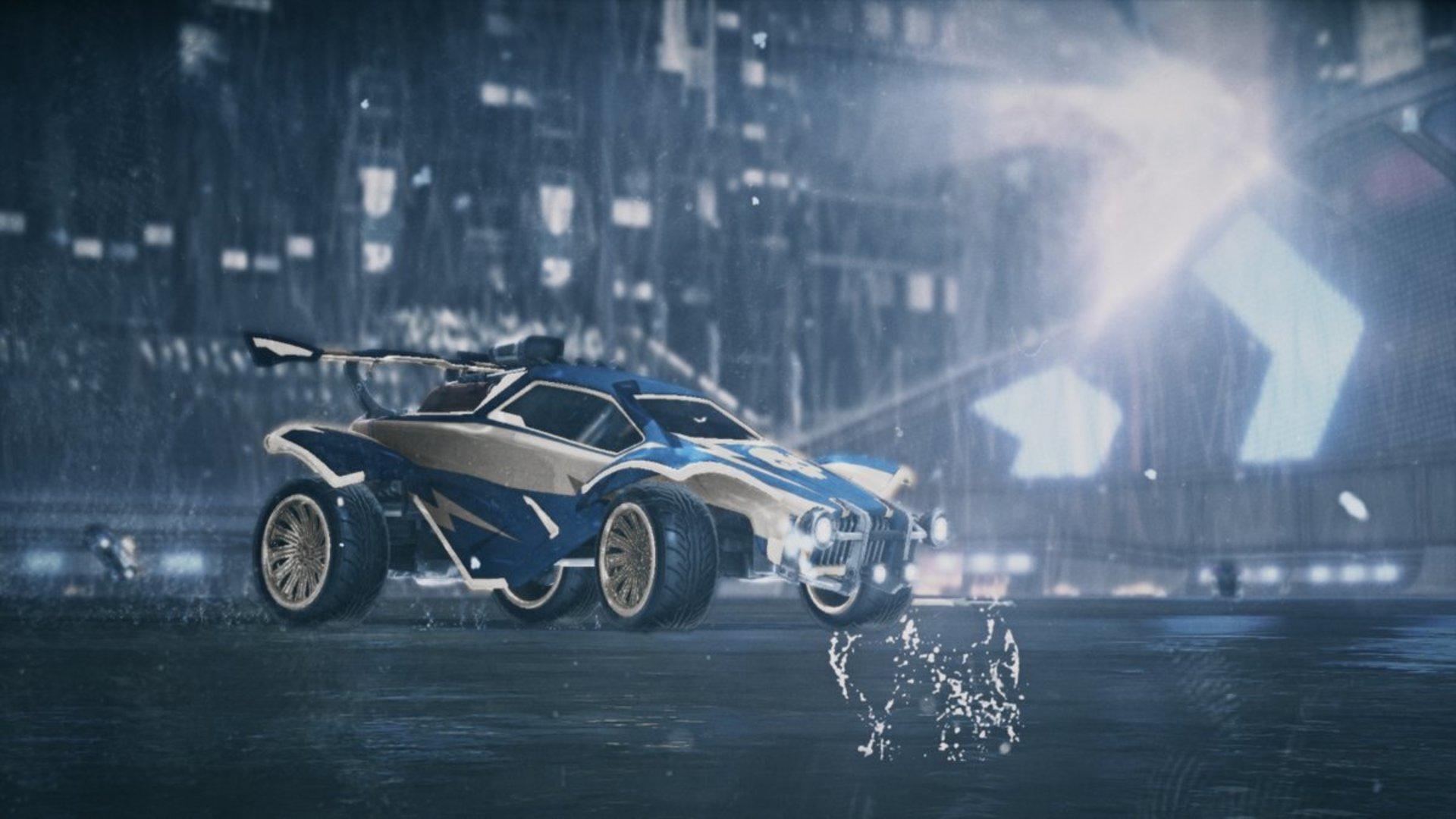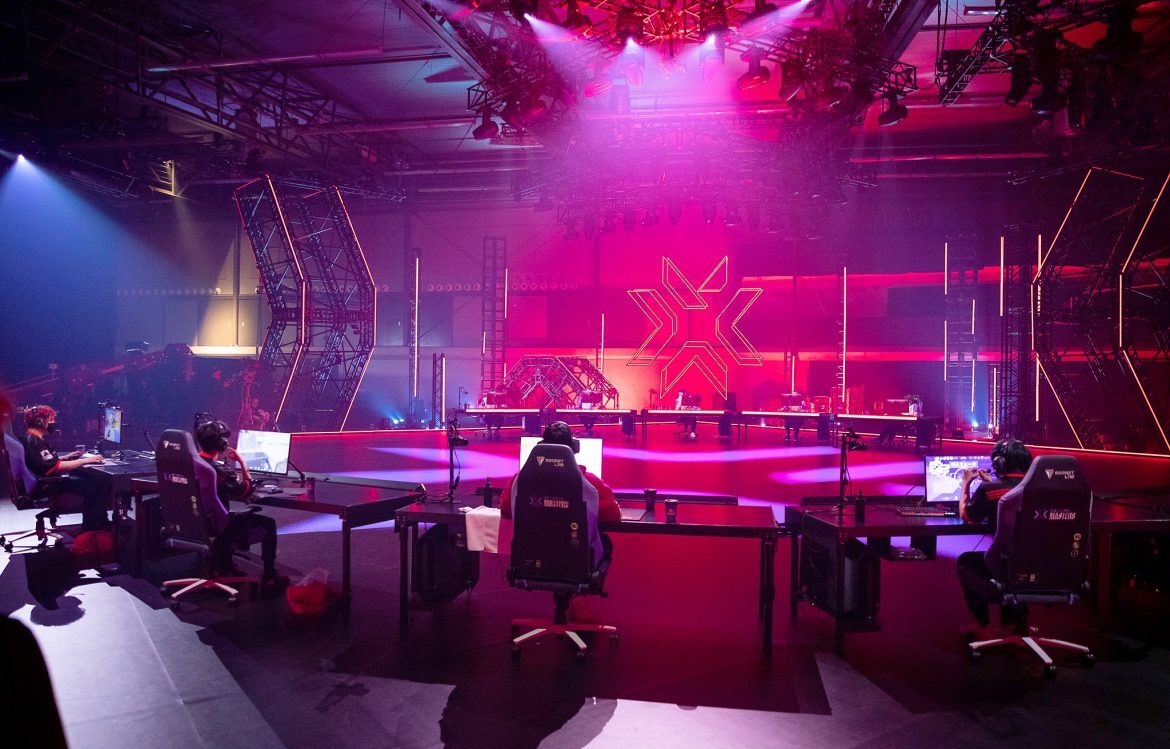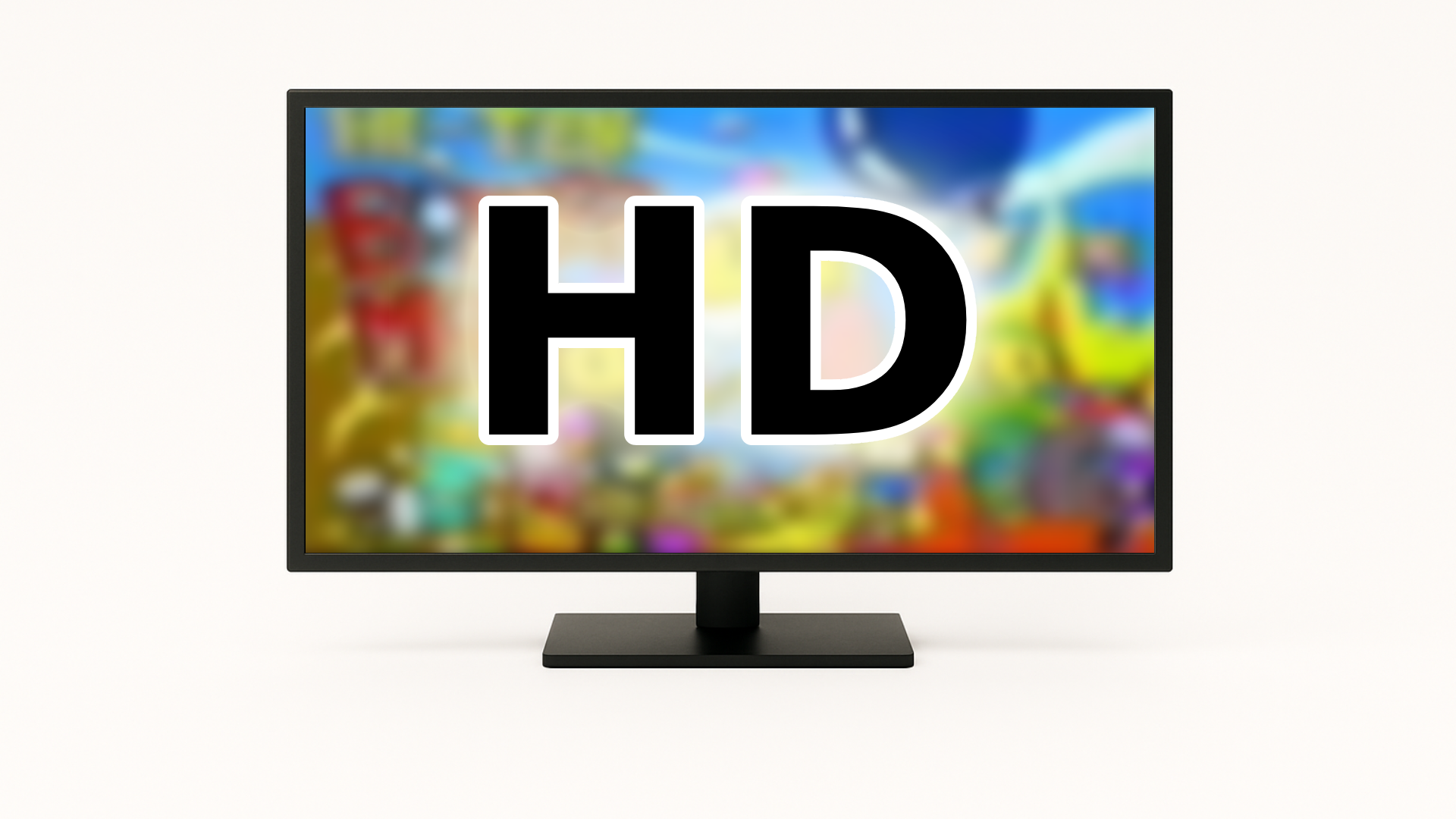More pixels, more players, more fun.
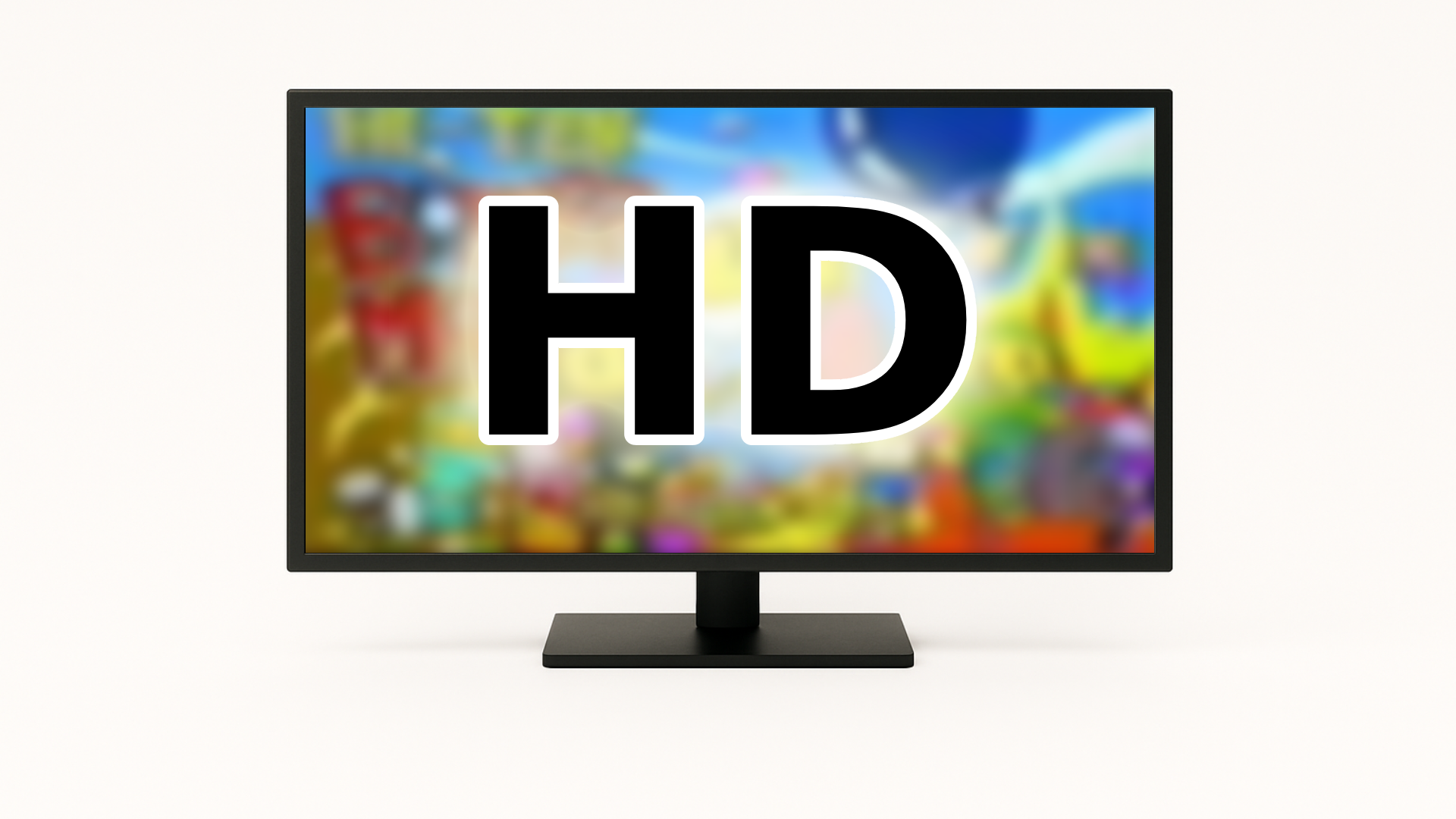
For the video game industry, the jump to high-definition (shortened to HD) graphics marked a seismic shift in how game development was conducted. As it turned out, the higher 720p+ resolutions that became standard across the industry following the release of the Xbox 360 in 2005 affected more than just visual clarity.
As players were able to see more of the games, their textures and models had to become vastly more detailed while level design had to accommodate the extra screen space, in turn requiring way larger teams and higher budgets – a commercial development format which, unbeknownst to many, saw its first release over ten years before the Xbox 360 and PlayStation 3.
High Time For High Definition
For the longest time, TV screens, PC displays and subsequently video graphics were created to fit an almost-square 4:3 aspect ratio. This aspect ratio would then contain various amounts of individual pixels; something referred to as the "resolution" of an image. Pixels that were spread across 525 ("480i resolution") or 625 interlaced lines ("576i resolution") constituted the standard-definition norm.
Plans to develop a technology which would allow broadcasts in high-definition had also existed for a long time, but only underwent serious research and development in the 1960s, eventually resulting in Japanese public broadcaster NHK's invention of the Hi-Vision standard in the 1980s, which provided 1125 scanning lines across a more horizontal 16:9 aspect ratio.
This effective 1,920×1,035 pixel resolution could allow NHK to leap ahead of standard-definition TV, but because HDTV sets and related broadcast infrastructure were extremely costly and experimental, starting in the 1990s, the company first sought high-profile demonstrations to prove the format's viability. In response, corporate and technology partners were invited to conceive spectacle projects to showcase Hi-Vision in novel ways.
Explosive Innovation
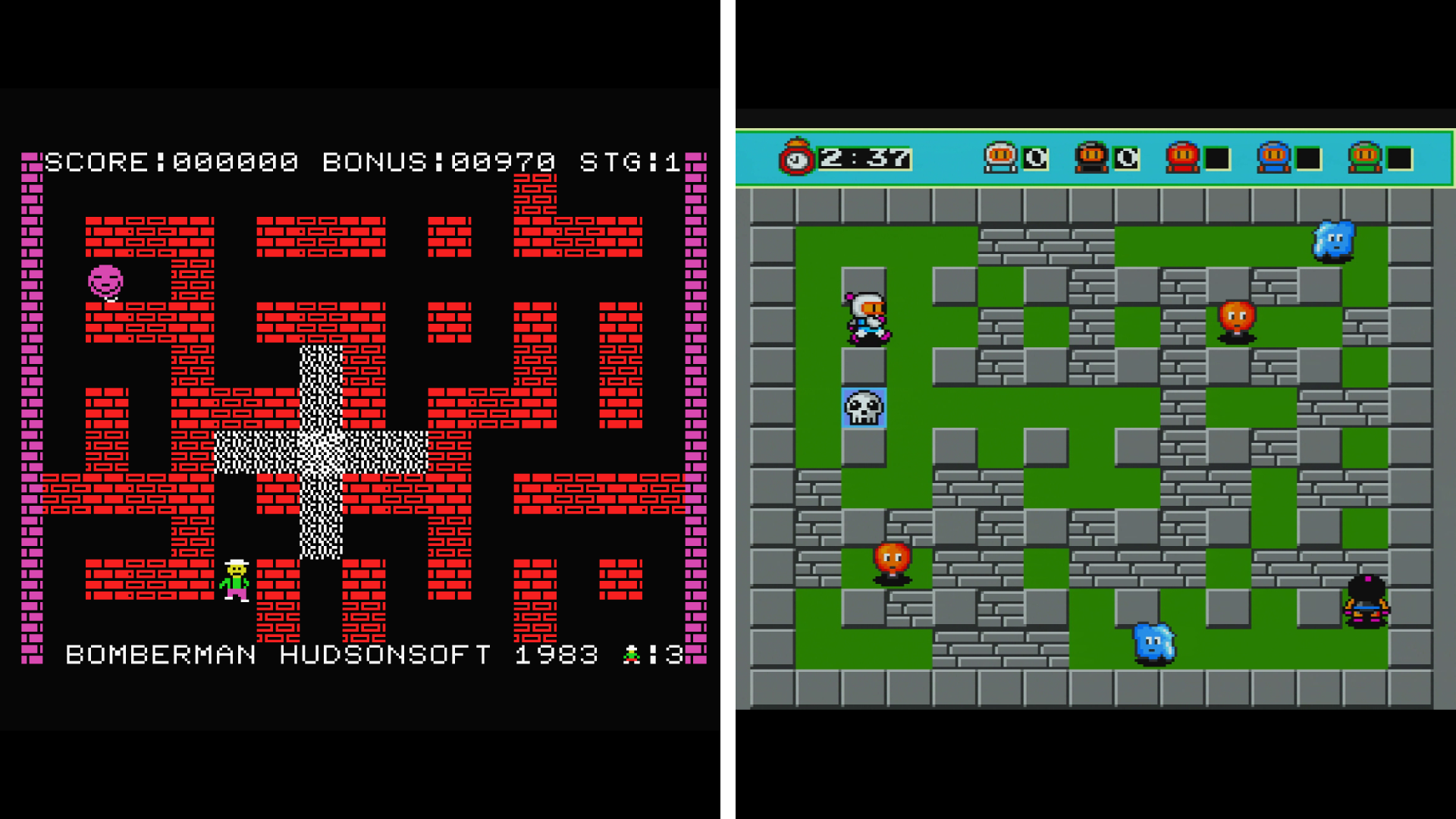
Among these partners was Japanese development studio Hudson Soft, known for their franchises like Adventure Island and the beloved Bomberman as well as their cooperative projects with Nintendo, who had recently entered the hardware business with their own console, the 1987 PC Engine (also known as TurboGrafx-16 in North America).
One of their PC Engine titles was the 1990 game Bomberman, a reimagining of the 1983 PC game of the same name, in which a robotic protagonist had to escape a labyrinth, destroying balloons and walls by setting down bombs which he had to make sure not to remain in the blast radius of. The 1990 game elaborated on these mechanics by introducing a competitive multiplayer mode where up to five players simultaneously tried to blow each other up in an arena.
Matches in the continously shrinking arena lasted until there was only one player left, effectively making Bomberman (1990) the first-ever video game featuring a battle royale mode. Though instead of the 100 players usually competing in modern equivalents like Fortnite, both the limited hardware and small screen resolutions made larger arenas and thus higher player counts unrealizable.
A Perfect Match
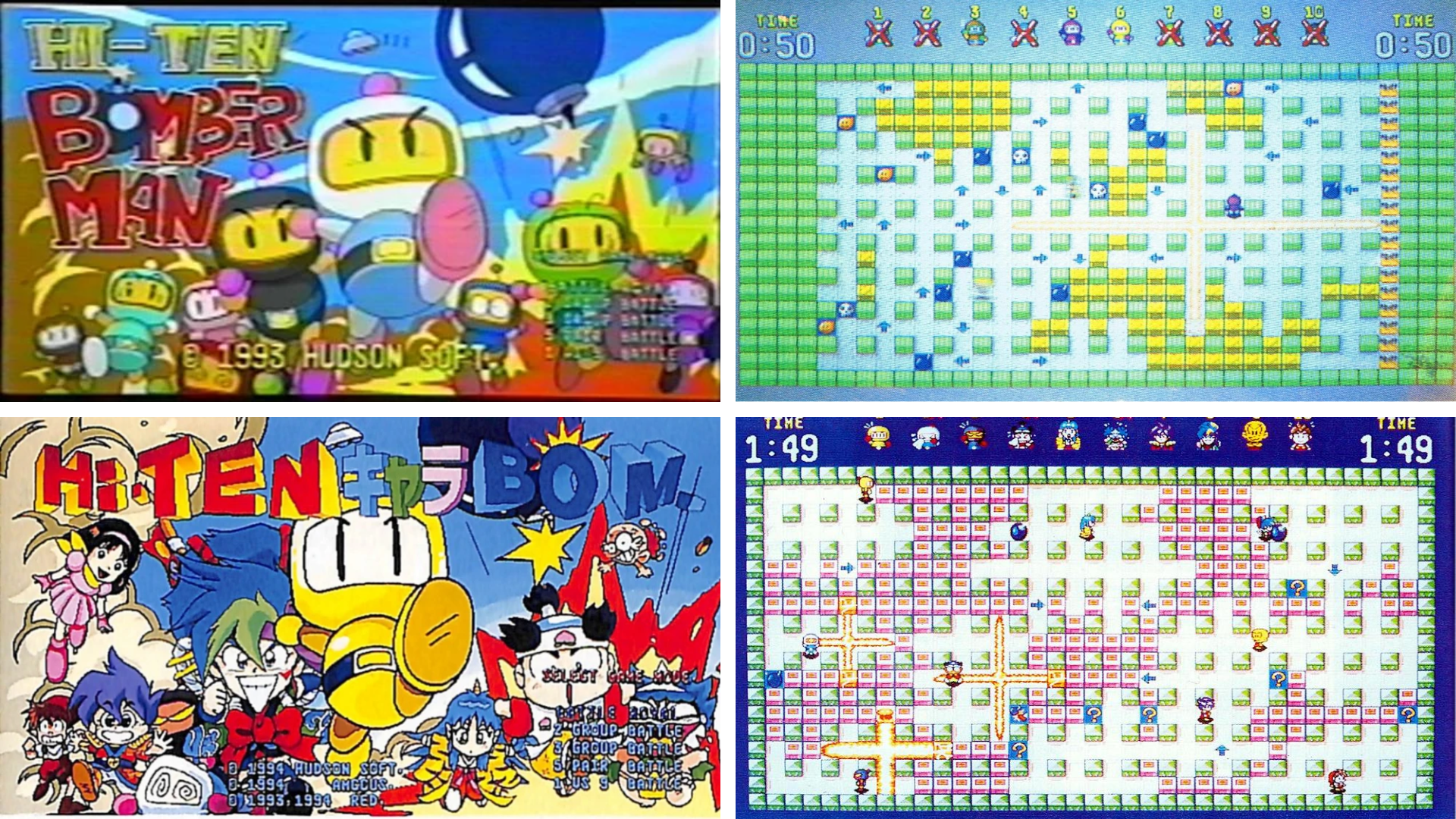
The experimental technology championed by NHK and the innovative multiplayer concept of Bomberman (1990) seemed like the perfect match to Hudson Soft employee Katsuhiro Nozawa, who in 1993 pitched the idea of a Bomberman game which would make use of the higher image fidelity afforded by the 1035p resolution and the increased screen estate of the 16:9 aspect ratio.
Planning to create a game where players could outmaneuver each other with their bomb placements in an arena large enough to fit ten Bombermen concurrently, the team would combine two PC Engine units along with a custom PC-based board nicknamed "Iron Man". While this rig was capable of outputting in HD, only between five and ten units were ever produced, with each one costing around JP¥2,000,000 (about US$15,200 today).
The final game, first shown off at in 1993, was titled Hi-Ten Bomberman. Due to the above-mentioned price, it never sold at retail, instead being part of Hudson's Super Caravan shows, where it was presented by then-executive Takahashi Meiji along with being rentable at NHK Studio Park. The title played just like Bomberman (1990), though obviously with a larger playing field and more players, the latter of which could be arranged in teams of varying sizes.
Lasting Impact
Hi-Ten Bomberman drew praise not just for its novelty but for successfully proving the viability of widescreen, high-definition multiplayer gaming. Publications like Edge and Next Generation lauded its technological achievement and strong gameplay. Its high prestige status also earned it the Committee Chairman's Award at the 1993 High Vision Awards.
A year later, Hudson presented Hi-Ten Chara-Bomb (1994), an updated version which expanded the arena even further and added playable characters from other Hudson franchises like Bonk and Milon's Secret Castle. It was also never officially released for retail, making all versions of Hi-Ten Bomberman lost media until 2019 (not the only Hudson Soft game this happened to), when Meiji found old discs containing their game data and donated them to the Game Preservation Societey.
In terms of legacy, Hi-Ten Bomberman is widely regarded as the conceptual ancestor to the 10-player mode in Saturn Bomberman (1996), which also featured some crossover characters from Chara-Bomb. In terms of its influence on HD game development as a whole, Hi-Ten Bomberman, aside from its mulitplayer focus, certainly foreshadowed one major industry trend: High development costs and higher game prices.
